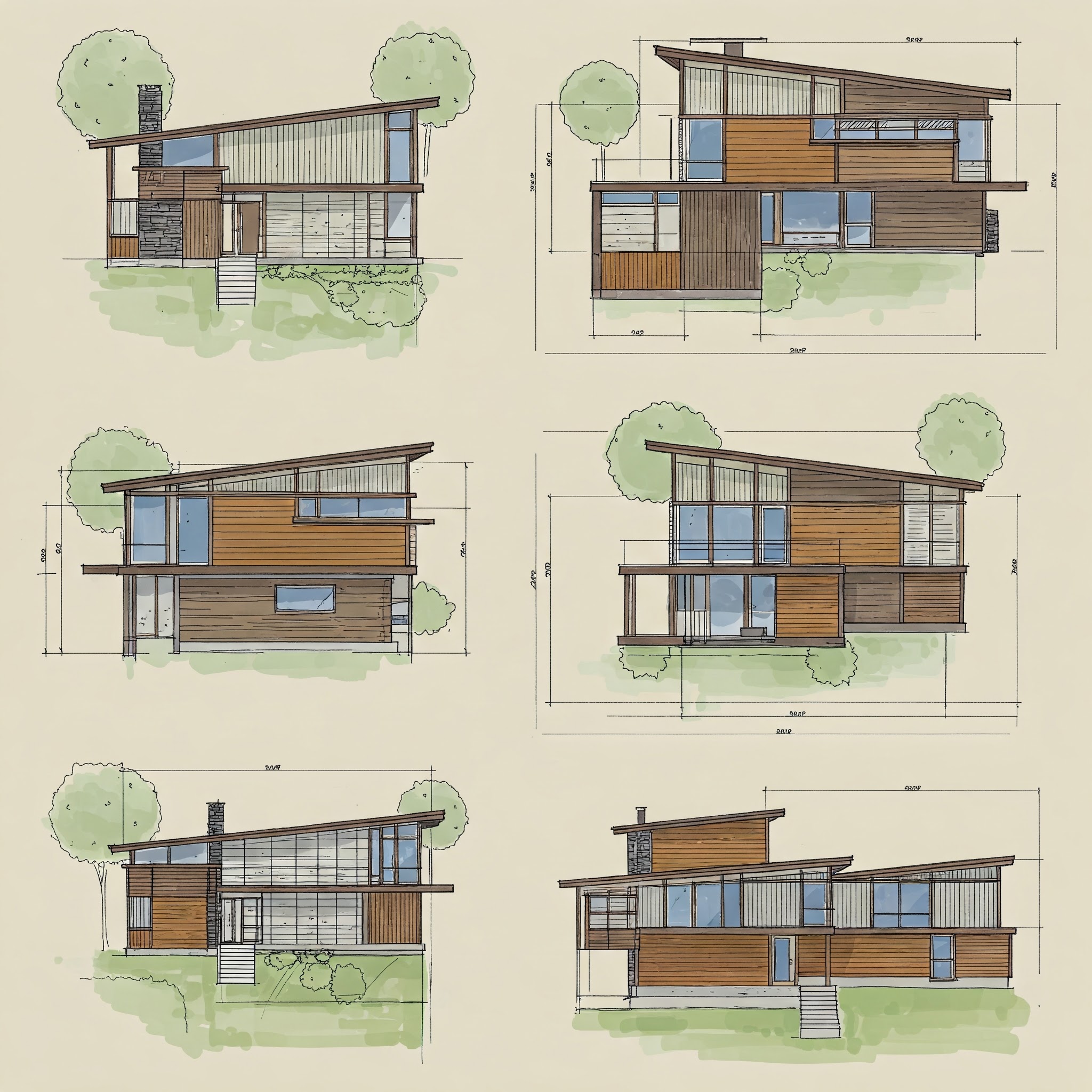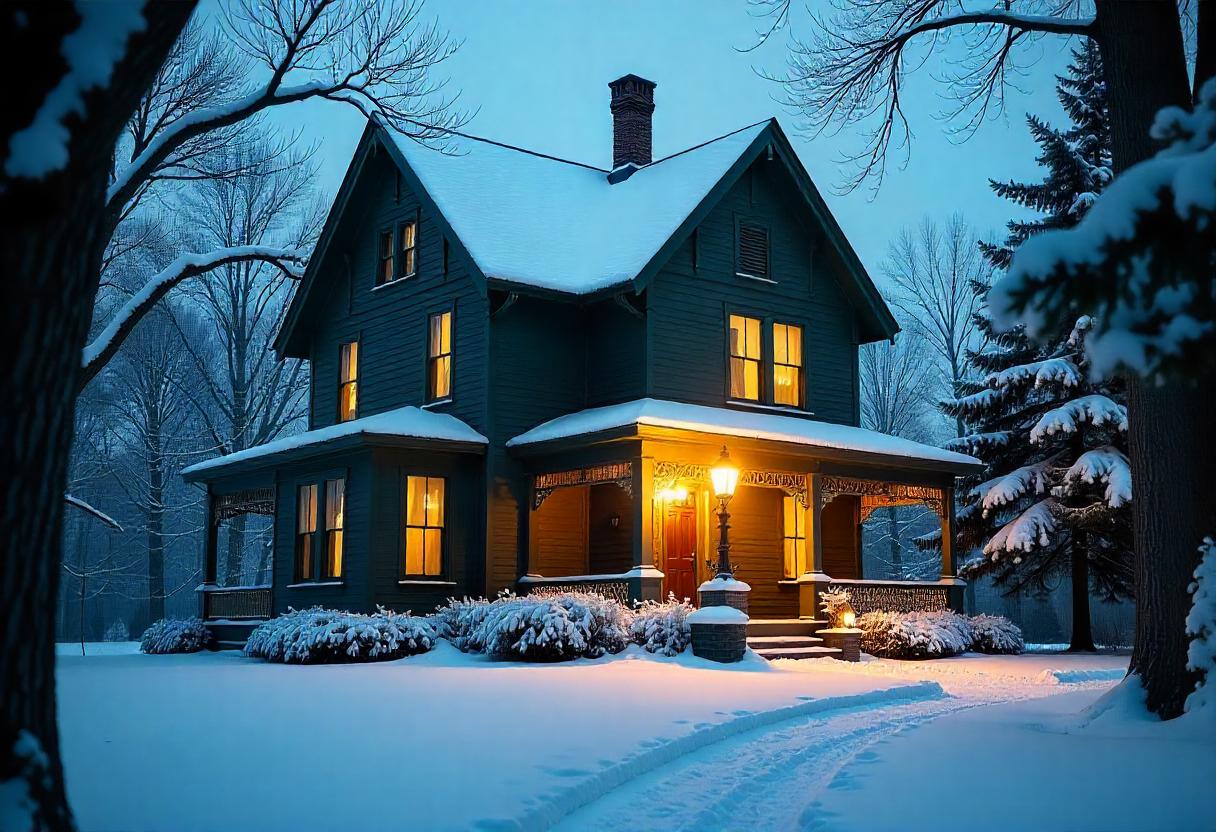

Table of Contents
ToggleWhen you think of timeless elegance and historic charm, nothing comes close to the captivating allure of a Victorian-style house plan. Originating during the reign of Queen Victoria (1837–1901), these house designs are known for their intricate detailing, romantic architecture, and regal presence.
Whether you’re building from scratch or revamping an old property, choosing the perfect Victorian-style house plan is the first step to creating a home that blends nostalgia with modern living.
In this comprehensive blog, we’ll explore all aspects you should consider when choosing the right Victorian-style house plan, from architectural elements to floor plans, modern upgrades, and sustainability so that your dream of a timeless, elegant home becomes a reality.
To choose the perfect Victorian-style house plan, it’s crucial to recognize the defining features of this timeless architectural style. Victorian homes are known for their steeply pitched gable roofs, asymmetrical designs, and charming wraparound porches adorned with ornate columns. Other standout elements include decorative gingerbread trim, tall and narrow windows, turrets or towers, and intricate stained glass.
Colorful facades and patterned shingles further enhance their elegance and individuality. Bay windows often create cozy interior nooks while adding visual appeal from the outside. Understanding these iconic characteristics ensures you select a truly authentic Victorian-style plan that captures the romantic and historic essence of the era, bringing timeless elegance and curb appeal to your dream home.
Victorian architecture is rich, layered, and far from a one-size-fits-all design. It includes several beautiful sub-styles, each with its distinct charm, and choosing the right one can make a big difference in how your future home looks and feels.
For example, the Queen Anne sub-style is perhaps the most iconic. It features asymmetrical facades, elaborate trim, towers or turrets, and large wraparound porches that give your home a grand, show-stopping appearance. These plans are ideal for those who love detail and flair, and you’ll find stunning Queen Anne designs available on The House Plan Source.
If you lean more toward something moody or romantic, consider Gothic Revival. Inspired by old European churches and castles, this style uses pointed arches, stained glass, steeply pitched roofs, and decorative woodwork to evoke a timeless, almost magical feel. Gothic Revival plans on The House Plan Source are perfect for narrow lots and create a dramatic, vertical profile that stands out.
For those who love Victorian design but need something more practical, the Folk Victorian style offers a simpler and more affordable option. These homes often look like classic American farmhouses but are dressed up with charming gingerbread trim and front porches. It’s a perfect blend of simplicity and old-world charm, and you can easily find customizable Folk Victorian house plans.
Then there’s the Italianate sub-style—refined, elegant, and inspired by Italian villas. These homes feature tall windows, low-pitched roofs, and decorative brackets under wide eaves. Italianate designs give you a sophisticated, city-style look while staying true to the romantic flair of Victorian-era architecture.
Consider your lot size, your family’s needs, how much detailing you want, and what kind of feeling you want your home to evoke. Whether you’re going bold with Queen Anne, classic with Italianate, or charming with Folk Victorian, the right sub-style will set the tone for a timeless, elegant home you’ll love for years to come.
While Victorian homes are known for their charming exteriors, the interior layout matters just as much. Traditional Victorian-style house plans often feature multiple stories, cozy rooms, formal parlors, and ornate staircases. However, modern families may prefer updated versions that offer open-concept kitchens, spacious primary suites with walk-in closets, and convenient attached garages.
You’ll find both classic layouts for old-world elegance and modernized floor plans designed for today’s lifestyles. Whether you want that timeless Victorian flow or a layout that blends tradition with everyday functionality, choosing the right interior design is key to making your dream home livable and lasting.
To truly bring your Victorian-style house plan to life, consider the materials used for both aesthetics and durability.
Exterior Materials:
Roofing:
Your choice of materials should reflect both the visual style you want and the climate in which your home is located.
Windows and doors are defining elements in a Victorian-style house plan. They don’t just offer function, they add timeless character. Go for double-hung sash windows with divided panes or arched designs that reflect Gothic influence. Stained glass inserts, especially in transoms or sidelights, can create a stunning visual impact.
For doors, solid wood with ornate carvings or decorative glass panels is a classic choice. These details highlight the home’s historic elegance while letting in natural light. Be sure to consider window placement for both visual balance and energy efficiency. Blending classic styles with modern insulation and secure fittings will keep your home beautiful, bright, and comfortable year-round.
When designing the interior of a Victorian-style house, harmony between the inside and outside is key. Think elegance and detail, use crown molding, wainscoting, and ceiling medallions to echo the ornate exterior.
Choose rich, warm colors like burgundy, forest green, or antique gold to create a cozy, regal atmosphere. Vintage or reproduction furniture adds authenticity, especially when paired with floral or damask wallpaper. Fireplaces in the main rooms enhance the historical charm.
You can still enjoy modern comfort and integrate discreet HVAC systems, updated lighting, and durable flooring without sacrificing the Victorian character. Blending old-world aesthetics with today’s convenience creates a truly timeless space that feels both functional and enchanting.
A Victorian-style house plan doesn’t mean you have to give up on modern sustainability. You can blend tradition with today’s technology to create a charming and eco-conscious home. Tuck solar panels out of sight on the back slope of your roof, or opt for energy-efficient windows designed to mimic historical styles.
Smart thermostats and lighting systems can save energy without disturbing the old-world vibe. Even rainwater harvesting systems can be tastefully integrated. These updates allow your home to stay efficient, sustainable, and connected while still maintaining the integrity of its Victorian character.
Building a Victorian-style home requires expertise that not all builders possess. Look for architects and contractors who have experience with historic or period-style houses. Ask if they’ve worked with custom moldings, gingerbread trim, or features like turrets and wraparound porches.
A seasoned professional will understand both the aesthetic and the structural details needed to bring your vision to life. They’ll also help you navigate building codes and adapt vintage-inspired plans for modern safety standards. In short, the right builder ensures your home is not only beautiful but built to last.
Before construction begins, it’s important to review your area’s zoning laws and any homeowners’ association (HOA) rules. Some neighborhoods have guidelines that may restrict things like roof height, paint color schemes, porch sizes, or even architectural elements like towers or gables.
Victorian-style homes are unique and eye-catching, so it’s crucial to make sure your plans align with local expectations. Getting approvals upfront can save time, money, and stress later. Doing your homework ensures your dream home fits both your vision and your community’s requirements.
At the end of the day, the best Victorian-style house plan is the one that feels like home to you. Whether you’re drawn to intricate exteriors, cozy reading nooks, or grand staircases, your style should lead the way. This is your opportunity to create a space that reflects your taste and tells your story.
Victorian homes offer a canvas of character and creativity; don’t be afraid to make it yours. When you stay true to what you love, your house becomes more than just a design, it becomes a legacy.
Choosing the perfect Victorian-style house plan is more than just picking a pretty exterior, it’s about creating a space that reflects your lifestyle, honors classic design, and feels like home. Whether you’re dreaming of a majestic Queen Anne estate with wraparound porches or a charming Folk Victorian with cozy details, your ideal plan should balance historic character with today’s functionality.
At The House Plan Source, we believe your dream home should feel as timeless as it looks. That’s why we guide you through every detail, architectural style, layout, window placement, sustainable material, and interior harmony, so your home isn’t just beautiful but also practical and personal.
With the right inspiration and thoughtful planning, you can create a Victorian-style home that stands the test of time, full of warmth, style, and modern comfort.